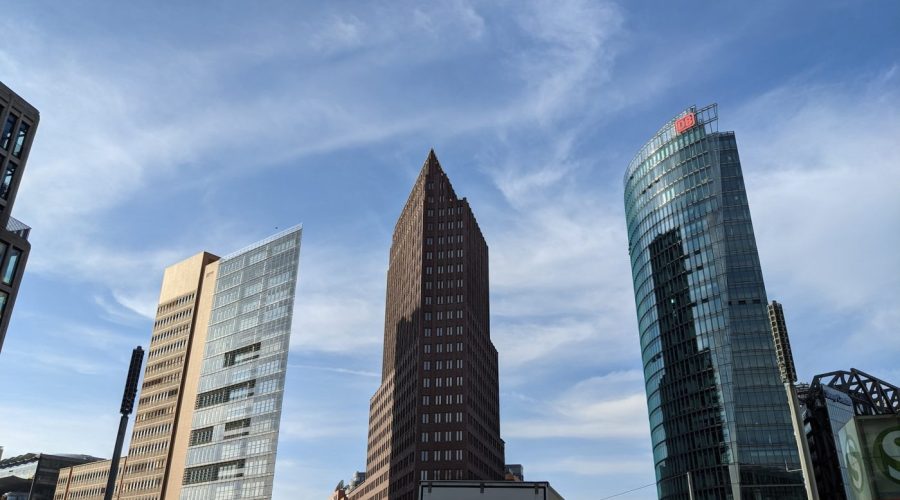Which Side of Berlin Was Better: East or West?
East and West Berlin existed as separate parts before the Berlin Wall fell in 1989. The two halves of Berlin stood out with separate qualities. This article helps you compare East and West Berlin to determine which side was superior. When responding, remember that each person thinks differently about East and West Berlin.
-
History and Background
To understand what made East and West Berlin different we need to study their past development. Berlin split into parts between the end of World War II. West Berlin became an Allied territory but East Berlin ended up controlled by Soviet authorities who made it the capital of East Germany. Yes the Cold War marked its starting point at that moment when authorities split their control over the city.
The Socialist Regime of East Berlin
Under communist leadership East Berlin stayed closely connected to the Soviet Union. The authority took charge over its population by decreasing their personal power and liberty. Every aspect of the economy relied on an official system plan and businesses lost most of their private ownership rights. The effort for fairness harmed many people’s freedom rights.
The Democratic Principles of West Berlin
West Berlin served as a democratic area within the communist territory of East Germany. West Berlin adopted capitalist practices along with personal liberty and market economics. The divided country turned into a place offering new opportunities which drew international business leaders and creative minds.
-
Infrastructure and Architecture
The two sides of Berlin developed separate networks of roads and systems during the time they operated apart.
East Berlin’s Soviet-Inspired Architecture
The buildings in East Berlin followed Soviet building standards with numerous large concrete apartment buildings and monumental structures. The Soviet War Memorial in Treptower Park and Alexanderplatz TV Tower show how Soviet-inspired architecture appeared in East Berlin.
West Berlin’s Combination of Styles
West Berlin architects blended various design styles because the city accepted multiculturalism. Both pre-war and modern buildings stood alongside one another when people visited the Berlin TV Tower located at Alexanderplatz.
-
Cultural and Artistic Scene
East Berlin’s State-Controlled Culture
Under socialist realist control East Berlin officials led the artistic development of music literature and art to match state ideology. During this period few majors artistic contributions happened but the Berliner Ensemble theater and Bertolt Brecht emerged as legendary elements.
West Berlin’s Countercultural Movements
Because West Berlin supported democracy and had an active scene for art and music progressive artists and protesters came to live in the city. The city created space for musicians and artists to try different styles leading to punk and techno music while producing major art venues and street art.
-
Quality of Life and Economic Situation
East Berlin’s Focus on Equality
The people of East Berlin experienced high levels of fairness and received freebasic services from their government. Home purchases were inexpensive and public medical and educational services were without charge. People found less work options due to minimal shopping choices available.
West Berlin’s Economic Prosperity
Western Berlin flourished economically through American backing plus its position in West Germany’s free market system. People in its city found better living conditions because they could buy multiple goods and find better employment.
Conclusion
Each person can only know what makes a side of Berlin superior based on their own priorities and beliefs. East Berlin created a strong communal society alongside equal opportunities but West Berlin brought flexible freedom in society. The two Berlin parts showed advantages and limitations in different aspects.
After 1989 when the Berlin Wall fell East and West Berlin joined together to form a city that shows every aspect of its historical development. You can now discover the mixing of historical Berlin’s past with its present life in a single thriving capital.
Table of Contents



